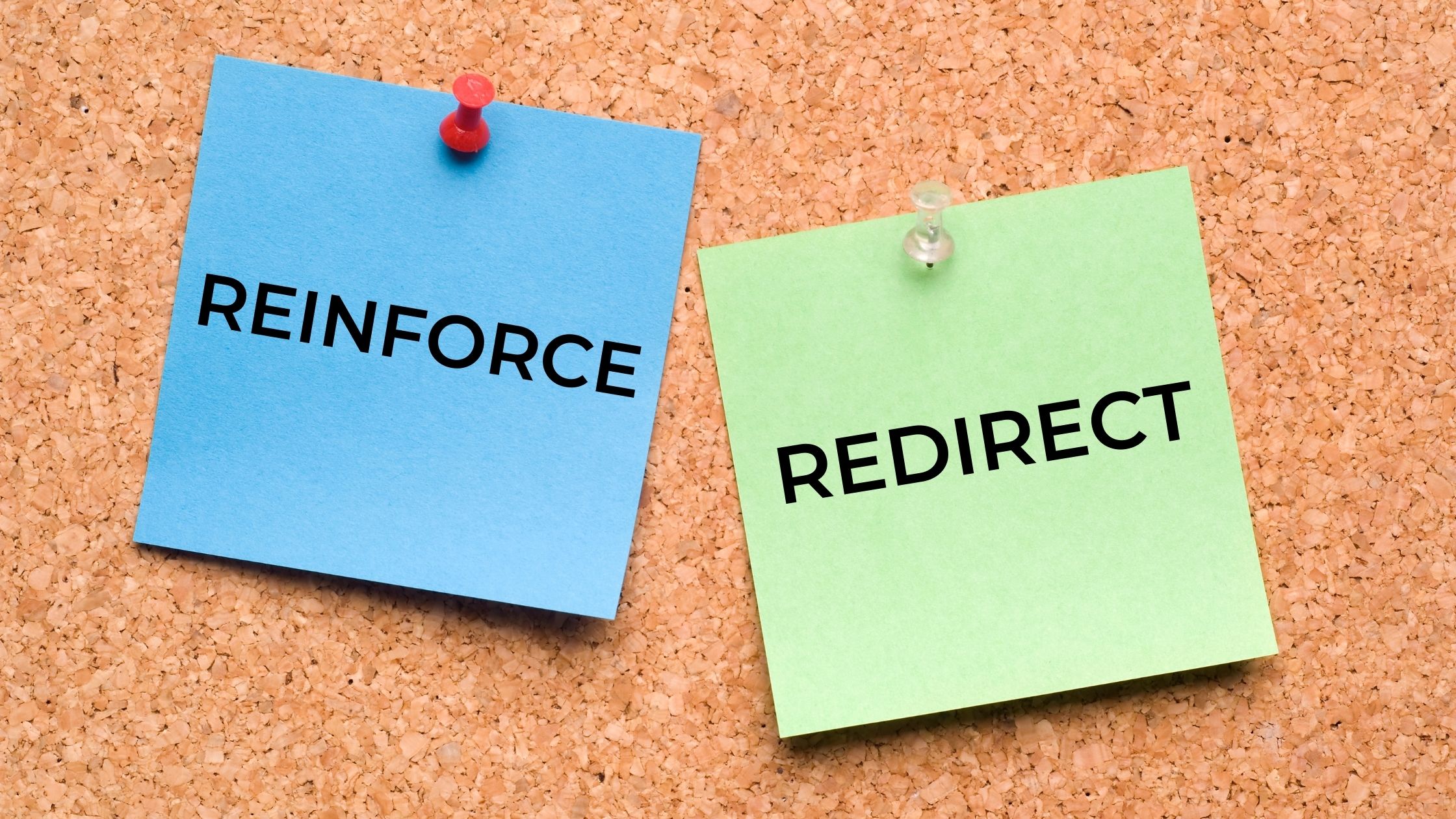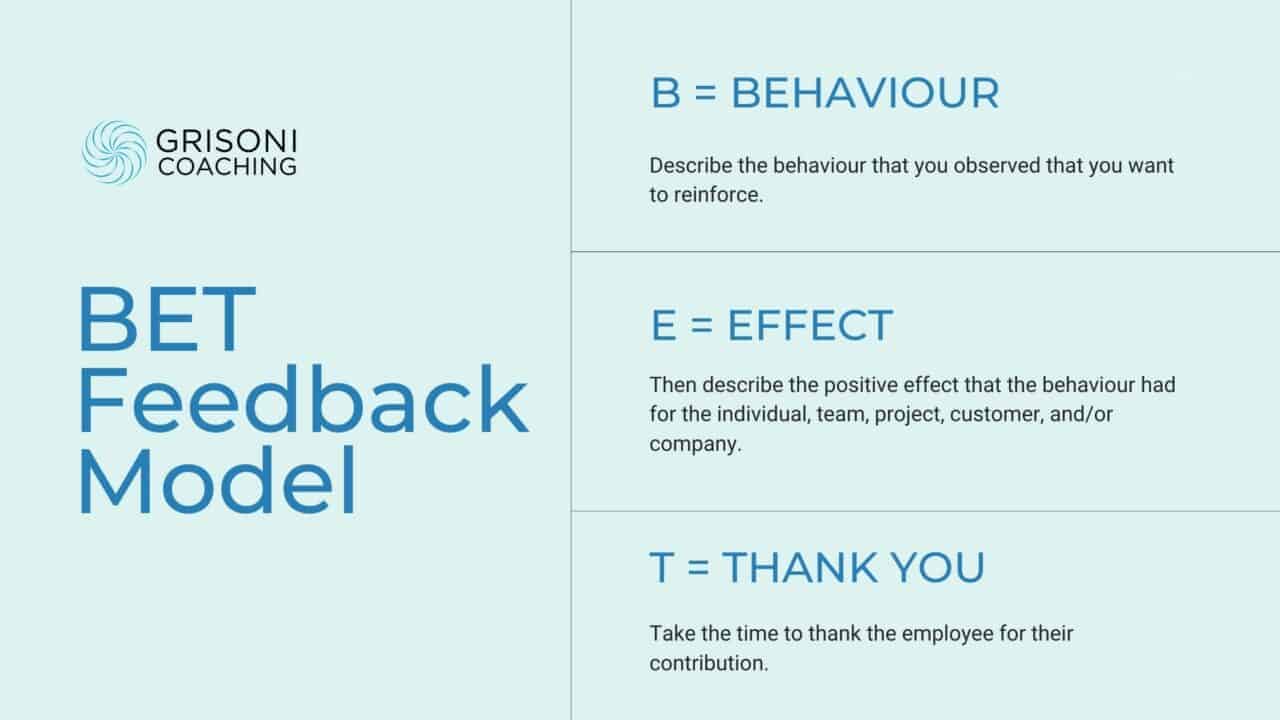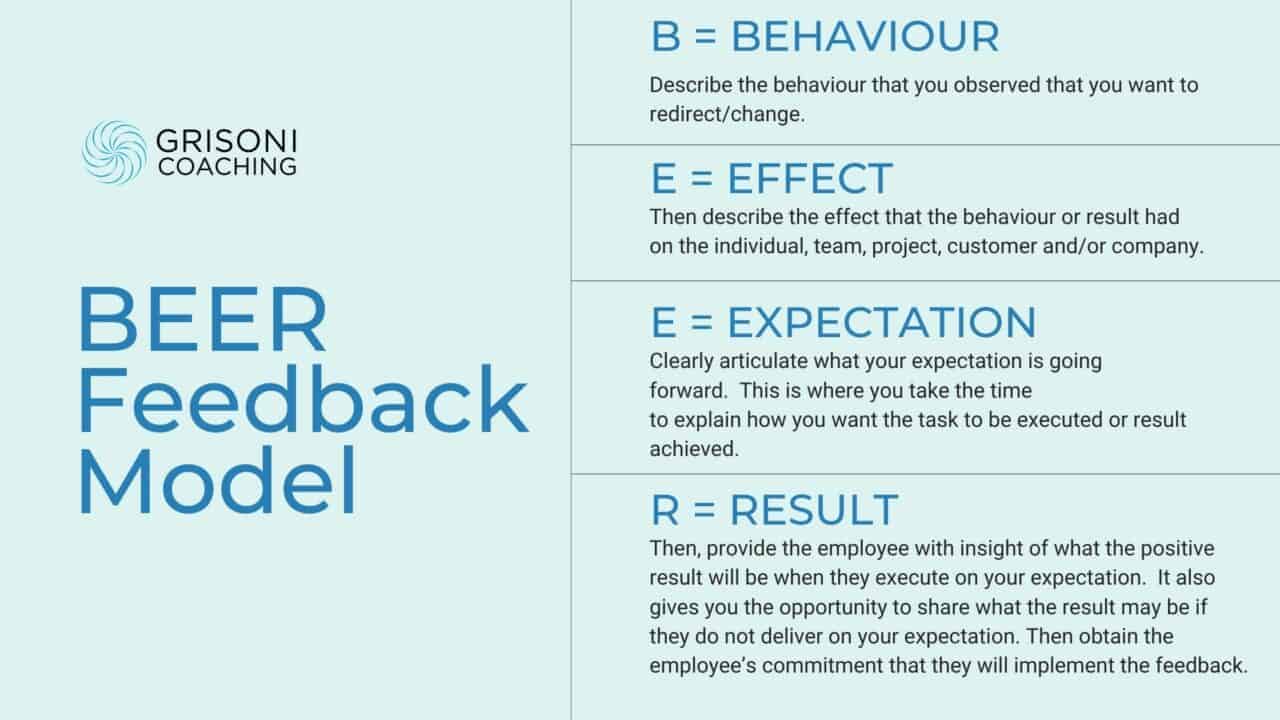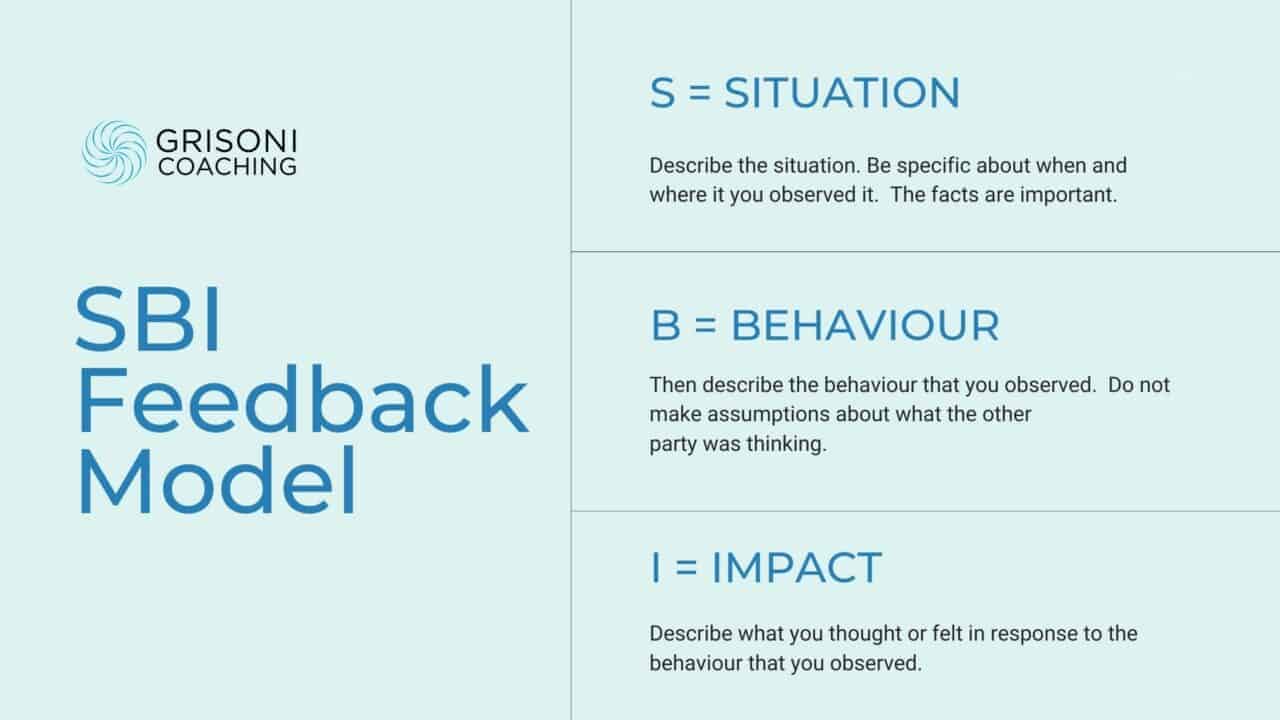[updated January 2023]
Here’s a thought – what if our perception about feedback focused on the positive and what if we had tools or resources that we could leverage that makes it EASY to do!
As a manager or leader, one of the greatest gifts that you can give your employees and team is meaningful actionable feedback that is designed to help them grow and achieve results. A gift that helps uplift them and propel higher. One fact is certain: providing meaningful feedback to employees increases employee engagement.
Employees often receive feedback when something has gone wrong or when there’s a problem. When employees are being recognized for effective performance, they tend to hear things like “good job”. Telling an employee they did a good job is praise, of a kind. But how impactful was the feedback, and did it cause any shift for the employee?
When you tell someone they did a good job without any further explanation, it doesn’t convey or reinforce the specific contribution or behaviour and its impact. This is where the opportunity exists to deliver more meaningful details when providing feedback. Why you might ask?
Why Is Positive Feedback Important?

When employees are told that they did something well, they walk away realizing that they received a pat on the back. This is well and good, however have they fully understood what their behaviour brought about that was so impactful for the team, department and/or company?
Do they understand WHY what they did was so important? Do they wonder if the feedback was genuine or whether their manager was simply doing the managerial thing?
Employees prefer hearing feedback expressed along the lines of “I liked the way that you did X because it brought about Y”, or “when you did X, people responded in a way that showed Y”. When feedback is qualified with concrete details of what was observed, its impact is much more profound and actionable.
Profound and actionable?
Yes! When employees are provided specific details of what was observed, they ultimately hear how their behaviour(s) positively or negatively impacted a task, project, or person. When they fully understand the impact that their behaviour had, they will either endeavor to repeat it or stop doing it.
What if I told you that there is a magic potion or formula that you could use to provide someone with meaningful feedback that brings about positive results while improving employee engagement? Would you consider it? If so, what does it look like? And is it EASY?
A Few Feedback Definitions…

Before I share this with you it’s important to call out a few definitions. When you see the word “reinforce” it refers to recognizing the good/positive outcomes. On the other hand, the word “redirecting” is about letting the person know what behaviour you want to see stopped and what you want to see done differently. Believe it or not, redirecting unwanted behaviours can be done with a positive approach.
Instead of calling feedback positive or negative or even constructive, referencing it as reinforcement or redirection alters the perception of the action in providing feedback. It’s not as threatening. It’s important to remember when giving someone the gift of feedback, the key to success is to focus on the observed behaviour(s) and not the person, their character traits or personality.
This is important. Why? If you focus the feedback on the person, their character traits or personality chances are you will offend them and put them on the defence. They will not hear you and you will not get them to buy in to what you are sharing with them. Instead, the outcome tends to be the opposite of what you intended it to be – no change and reduced employee engagement. When you focus on the observed behaviour(s) you gain buy in and this helps you gain greater credibility and cooperation from the employee.
Ok! Now that we’ve got that covered, here are a few models that you can add to your manager toolkit.
The BET and BEER Feedback Models
One of my personal favourites is the BET and BEER feedback models. It’s easy to remember and equally easy to use.
BET is used to reinforce positive behaviour and results. In other words, it’s a way to recognize someone for a job well done.

However, if you want your employee to stop doing something or achieve a different result, then apply the BEER feedback model. (see here for a more detailed explanation about BET and BEER feedback models)

The SBI Feedback Models
Another impactful tool is called the SBI Feedback Model. The SBI model was created by the Center for Creative Leadership as a means to help managers provide clear, specific feedback. This model can be used to reinforce positive behaviours or redirect and stop undesirable ones. It’s quick, easy and effective. It may feel odd at first, but as you practice, it’s like 1, 2, 3.

Now that I’ve shared a few feedback models, you can practice them. Although it may feel a little uncomfortable at first, think back to when you perhaps learned how to do something new, like riding a bike. At first it may have felt awkward and uncomfortable but as you got back on the bike, you developed your level of expertise.
I hope you try to incorporate these into your manager’s toolkit and I’d love to hear how it’s working for you. Feel free to reach out!
As always, PROPEL HIGHER!
Did you enjoy this article? You might also enjoy:
BET And BEER: Effective Feedback Models That Encourage and Inspire Employees
The SBI Model: 3 Easy Steps to Improve Employee Feedback
How to Become an Influential and Respected Leader: 8 Essential Skills


